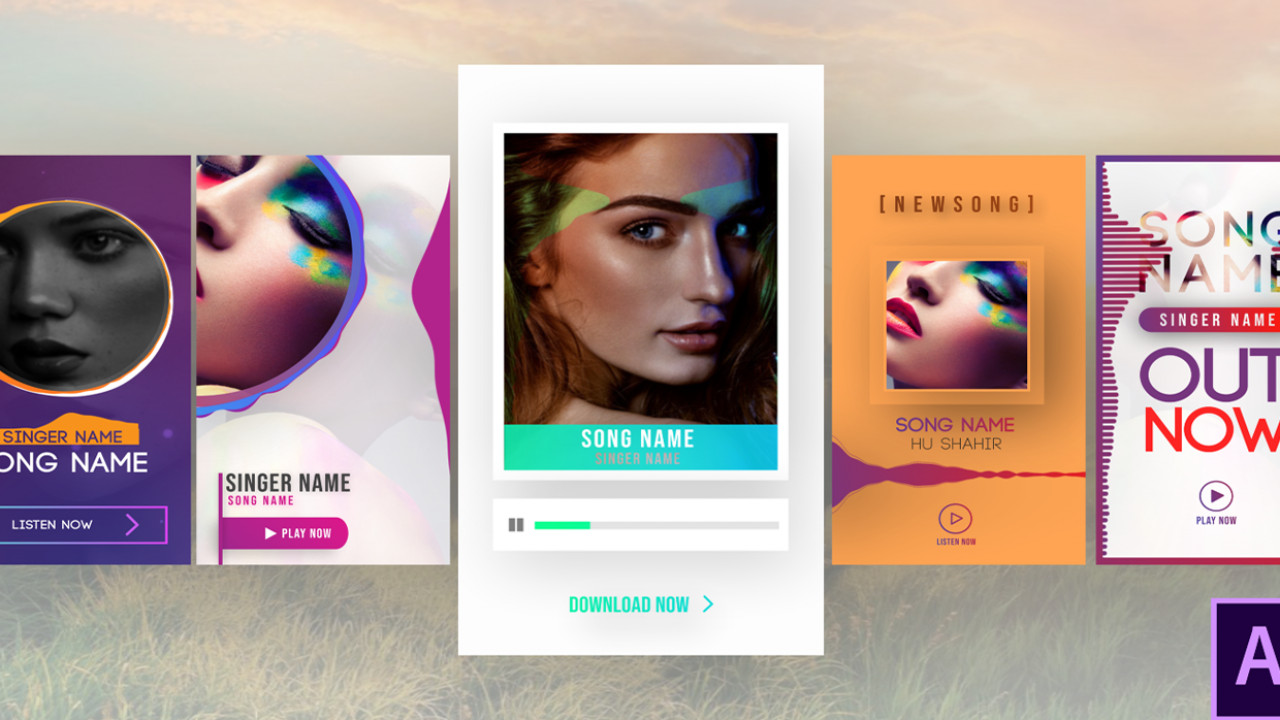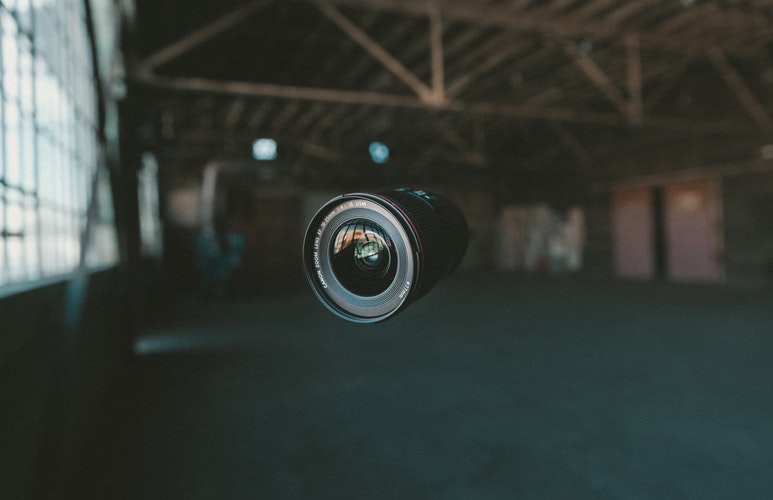What are Promo Videos?
A promotional video is a business video with the intent to promote your products and services to customers and prospects. Any video you create is in some sense attempting to sell your brand to your target audience. However, that doesn’t mean it’s a blatant sales pitch. A good promo video seeks to bring the conversation to a more personal level without making the sales aspect so overt.
Types of Promo Videos
- Product videos
- Intro videos
- Product launch videos
- Event videos
- Explainer videos
- Video ads
- Recruitment videos
- FAQ videos
- Testimonial videos
Difference between advertisements and Promo Videos

1. What they are?
- Advertisements: In order to get product information out to the consumers, advertisements and promotions are used as marketing strategies. Since advertising is a costly process, it is mostly done by large companies. But with the advent of the internet, these days it is easier for small businesses also to advertise their products. When you pay to place advertisements in your local newspaper, the assumption and hope are that these efforts will lead to an increase in sales. Advertisements usually have a positive effect on overall sales but the results are not sudden and take a long process to achieve profits. The main objective of advertisements is to build a brand.
- Promotions: The objective of promotion is that quickly raises the sales and induce trial purchases by the consumers. Such promotions are more practical in nature and less emotional. It motivates the consumers to quickly buy or avail the product service. Since they tend to generate an instant effect on the consumer, they result in lower profits as compared to advertisements. These are more focused on increasing sales than increasing brand awareness. Types of promotion can include discount coupons, special events, rebates and free samples.
2. Methods
Promotions are placed in one of two categories: above-the-line promotion or below-the-line promotion.
Above-the-line promotion is carried out using mass media, like television, newspapers or even radio.
Below-the-line promotion is carried out using non-media methods to reach the consumers, which includes direct mail, email, sales promotions and public relations.
On the other hand, advertisements use the commercial media, like television, radio, Internet pop-ups, billboards and cell phone screens to reach their wide consumer base. There is another aspect known as ' Covert Advertising ' which entails a brand embedded in entertainment media like, a film or tv show. For Example, an actor would wear only one brand of clothing in the entire movie to promote it.
Steps to Make Promo Video

1. Identifying the Goal
Why do you want to make a promo video? What are you aiming for? What do you want in return after uploading your promo video? These are some of the questions you should know the answer to before you sit down and start creating a promo video. Since they are somewhat expensive to produce, it is better to know the purpose of undertaking such huge task before you put all your money and efforts into something you aren't really sure of in the first place.
For example, You might be a new company in the market who wants to introduce the brand itself and its mission to its web visitors. Or maybe you might be a company who needs to introduce and explain its products and services to the potential clients. Creating a promo video keeping these aims in mind will push you towards making a video that revolves around such ideas.
Here are some common reasons many companies create promotional videos:
- Brand awareness
- Drive sales
- Drive traffic
- Increase customer engagement
- Educate customers
One thing to note: if you have multiple goals, you can opt for creating more than one video. If you try to cramp up the video by infusing more than one idea into it, it will just confuse the audience and drive them away. Once you identify why you want to make a video, it goes time to start exploring the different directions for how you could bring your video to life.
2. Direction of the videos
Once you have a clear idea of the ' why ', it is time to start figuring out the ' how ' to make it happen in terms of direction.
For example, let’s say you’re a new company who wants to create an intro video for the homepage hero on your site; the aim would of the video be to introduce the brand and get people to sign up to it. If this is the idea behind it, you would make sure that the video is more explanatory in nature.
Below are some of the directions you can take while making a promo video:
- Introductory: telling the audience who you are
- Explanatory: explaining how your product works
- Problem/solution: showing the old ways or the new ways and how your product is the solution
- Narrative: using the storytelling manner to introduce your company
- Drive action: inducing action in the audience to do something (i.e. — shop now)
- Product-focused: introducing a specific product or feature
- Testimonial: interviews, quotes, soundbites, etc, with customers around a specific topic or theme
- Endorsement: using a celebrity or influencer approval/likeness
- Informative: educating your audience about something specific, tutorial-style, etc.
- Entertainment: inspiring the audience using story, humour, etc.
3. Tone of the Video
The tone of the video basically means to set a general ' feeling ' in little nuances to extract some kind of emotion from the audience. For example, a video which reflects upon the drastic effects of smoking will try to add short showing the plight of people dealing with lung cancer and how badly it destroys the life of the person who deals with such an addiction. Such videos even though people try to avoid watching it, tends to leave a grave impact on their psyche and the next time they find themself in a situation to smoke cigarettes.
Keeping this example in mind, the kind of emotion you aim to invoke within people is what sets the tone of the promo video. If you want a happy video, by adding cheery sounds, beats and just colours all around would make it bright and cheery.
Below are some various tones you can explore for your concept and creative direction:
- Dramatic — moves you emotionally
- Straightforward/informative — clear and concise
- Conversational—casual and authentic
- Urgent— urges you to take action, like now
- Fun/playful —uses fun creative devices
- Humorous — comedic; makes you laugh or smile
- Quirky — uses peculiarity or the unexpected to drive home a point.
- Cutesy— something that makes you cringe
- Entertaining — aims to inform and entertain
- Inspirational —uses inspiration to drive action
- Artsy /hip/cool— feels youthful, stylish, trendy, etc
- Luxurious — shiny, fancy, flashy, sexy, rich. Think luxe car commercials, high-end hotel chains, etc
There are certainly many more tones and directions you can explore, but hopefully, this gives you some ideas as to how your video may come to life.
4. Duration of the video
What is the least amount of time that you will take for you to get your message across? Figure it out and add as much information in the video as it required. Many times people will find themselves in a fix as to how can they write a script when they already have time fixed. But this in the end actually help you to make the kind of video which is focused and have clarity in it
If you’re not sure how long your video should be, you’ll want to consider these factors:
- Your goal (i.e. — brand awareness, clicks, etc)
- Where the ad will appear (i.e. — TV, social media, website, etc)
- Overall budget (i.e. — shoe-string, low, mid, high, unlimited, etc.
5. Style of the Video
After passing this many steps, you must have your goal, direction, tone, and duration figured out.
The very next thing to consider is the visual style of the video, meaning what it will look like.
Animated illustrated in style and brought to life through animation (2D, 3D, etc).
Real people as in actors who play out the characters you’ve created; this may or may not include dialogue (depends on your script).
B-rollsupplemental or alternative footage typically used in-between “main shots” or used as background, action, or flashback-style scenes.
Stockthe stock video you can purchase to create your story.
Live-actioncombining real-life footage with elements of animation or special effects.
Screencasta digital recording of a computer screen often containing movement, audio, or some type of demonstration.
WhiteboardThis is similar to a screencast, except imagine a hand holding a marker as it writes on a whiteboard. This is usually used to write out a message to create drawings, etc.
Phone/tablet/appagain, this is sort of similar to screencast, but you’re showing something specific on the device
6. Outline of the video
After passing so many steps, you would get a loose idea of how you want your video to be. When you have to figure out how the video will take shape, there are many questions that should be going on in your mind. How many characters will be there? How many locations you have to pick from? How can people relate to those characters? Will there be any props?
Characters
How many characters? What is their storyline?
Audio / Voiceover / text overlay
Will the video be set to the sound of someone’s voice? Will any text need to appear on screen in order to get the message across?
Product How does the product fit into the story? How many times will the product appear?
Props Any major props needed to make your story work
Final CTA
What’s the last message we leave the audience with? How do they feel?
7. Writing a script
Regardless of what it looks like, the main things you want to make sure you have in your layout are:
- The scene number
- The timestamp
- The audio, dialogue, or Voice Over
A description of the scene, list of characters, location, special props, expressions or movements, or any other details that have needed for that particular moment.
8. Storyboard
After you are done writing the script, it is time to put your artist, editor hat on and start trying to make it come to life. The storyboard is considered important for artists, actors and directors even. As you can see, each of the image compliment the description or dialogue directly from the script, you should be fine. You should be able to hold both the script and storyboard simultaneously to make sure they match up and nothing is missing or seems off.
Spider India is a recognized firm working in Chennai, India. It is a mobile app development company which would answer to your all kinds of application needs. We have a dedicated team for design as well as development for the app. Communicate with us, tell us your requirements and we will come up with the right solutions. Making specialized apps for your company and providing unforgettable services is our motive. We help make your digital aspirations a reality. From developing an application, communicating and implementing your own creativity and providing the best marketing strategies for the success of your application is what we strive to give. Our past customers have been really happy with our services. We believe in constant growth, we believe in continuous improvement since no one is perfect but we also believe that your product can be perfect.
When every aspect of the business is already a risk, why take one more and remain ambiguous?

